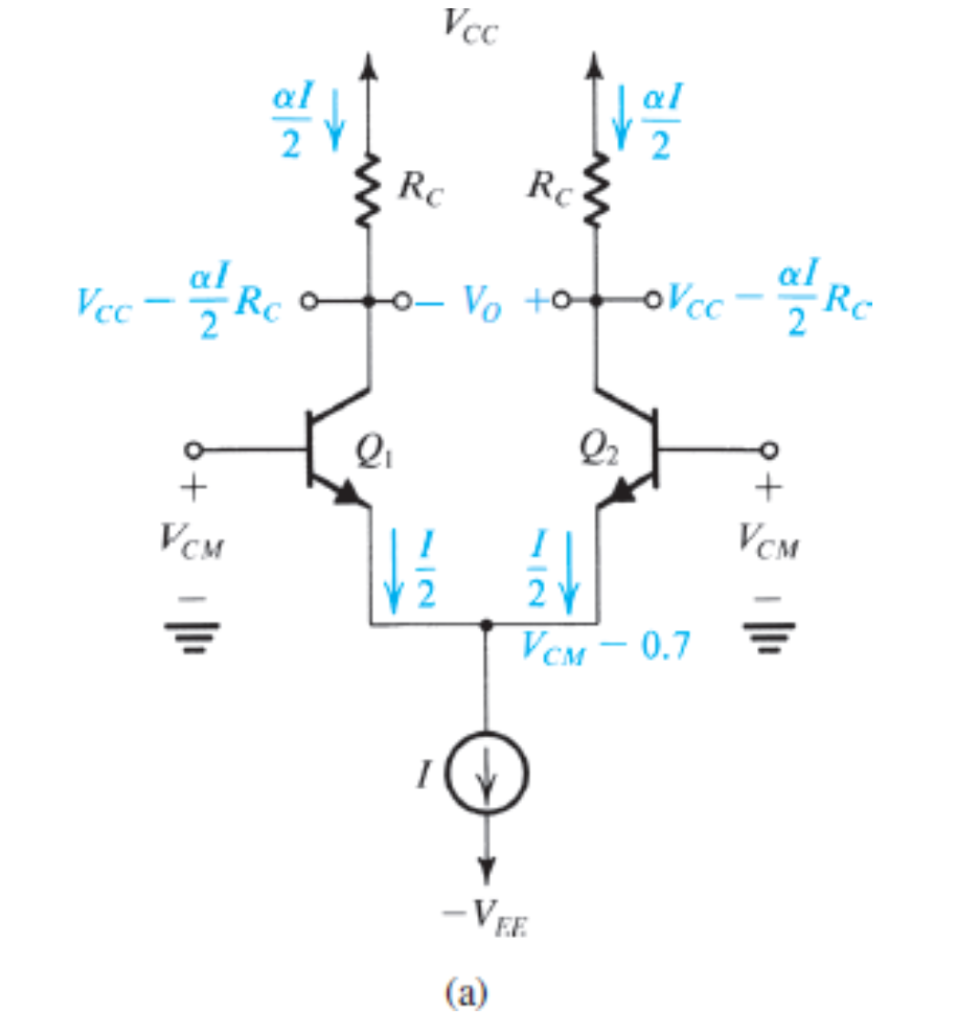9.26 For the differential amplifier of Fig. 9.15(a) let I = 0.2 mA, VCC = VEE = 1.5 V, VCM = −0.5 V, RC = 5 kΩ, and β = 100. Assume that the BJTs have vBE = 0.7 V at iC = 1 mA. Find the voltage at the emitters and at the outputs. Hide Answer −1.14 V;+1 V;+1 V (a)




You'll get a detailed, step-by-step and expert verified solution.
 Work With Experts to Reach at Correct Answers
Work With Experts to Reach at Correct Answers